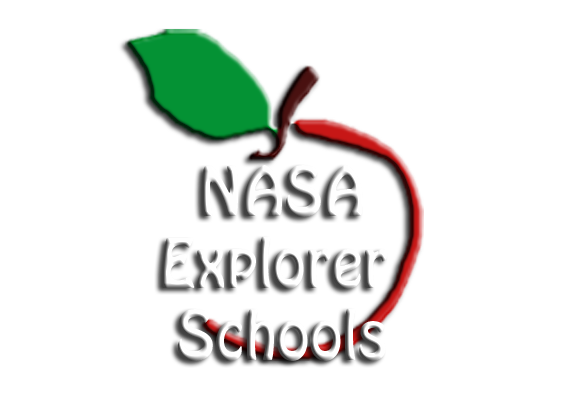This mottled landscape showing the impact crater Tycho is among the most violent-looking places on our moon. Astronomers didn’t aim NASA’s Hubble Space Telescope to study Tycho, however. The image was taken in preparation to observe the transit of Venus across the sun’s face on June 5-6.
Hubble cannot look at the sun directly, so astronomers are planning to point the telescope at Earth’s moon, using it as a mirror to capture reflected sunlight and isolate the small fraction of the light that passes through Venus’s atmosphere. Imprinted on that small amount of light are the fingerprints of the planet’s atmospheric makeup.
As the transit of Venus approaches, have your students use transit light curve data gathered by the Kepler mission to calculate the size of planets in other solar systems. To complete this lesson, students determine if these planets are in habitable zones. To gain access to Algebraic Equations: Transit Tracks—Finding Habitable Planets, visit the NES Virtual Campus.
To read more and view Hubble’s images of the moon’s impact crater Tycho, visit: https://www.nasa.gov/mission_pages/hubble/science/transit-mirror.html

 In this episode of NASA Now, Sam James explains why NASA engineers build model aircraft. James talks about how models are tested in wind tunnels and why it’s important to create models that are proportional to full-scale aircraft. He discusses why models are an inexpensive alternative to full-scale aircraft during the redesigning stage of the engineering design process.
In this episode of NASA Now, Sam James explains why NASA engineers build model aircraft. James talks about how models are tested in wind tunnels and why it’s important to create models that are proportional to full-scale aircraft. He discusses why models are an inexpensive alternative to full-scale aircraft during the redesigning stage of the engineering design process.

 Nancy Hall, a research scientist at NASA Glenn Research Center, discusses the different ways matter acts in the gravity on Earth and the microgravity of space and how she uses a drop tower for testing.
Nancy Hall, a research scientist at NASA Glenn Research Center, discusses the different ways matter acts in the gravity on Earth and the microgravity of space and how she uses a drop tower for testing.